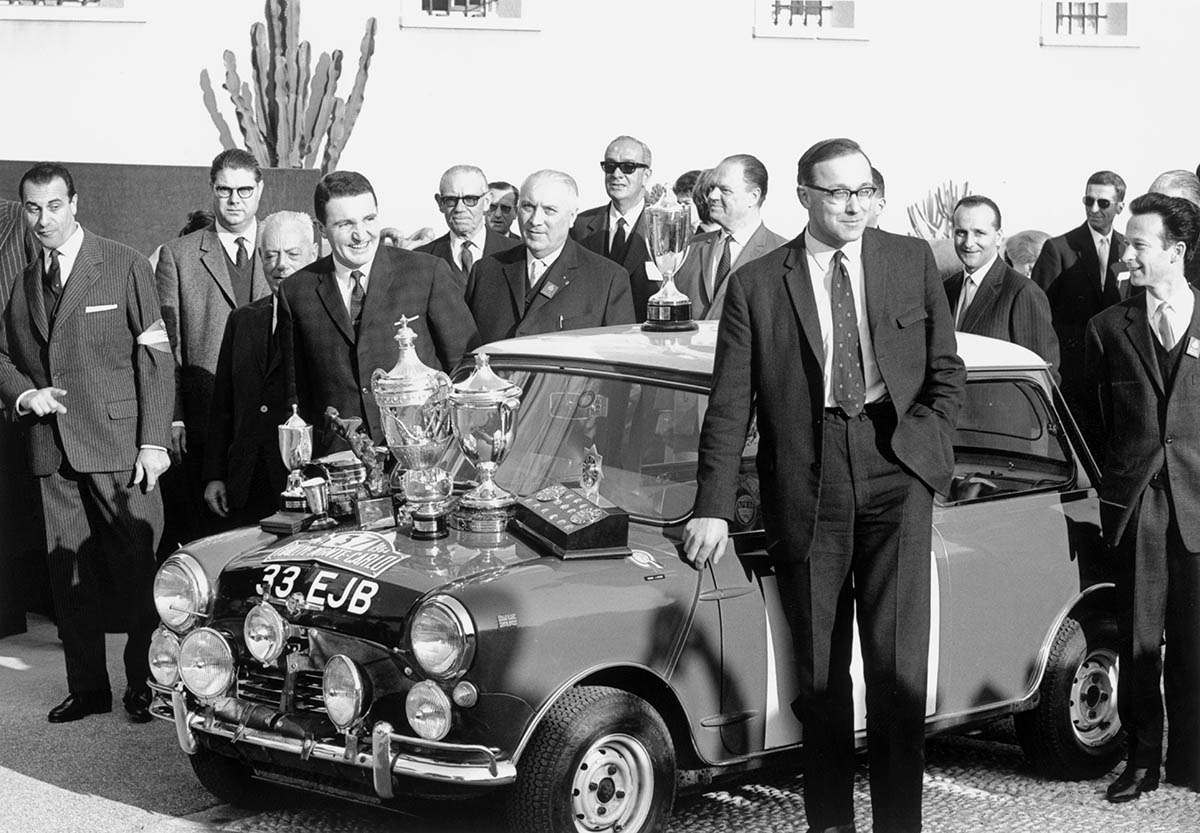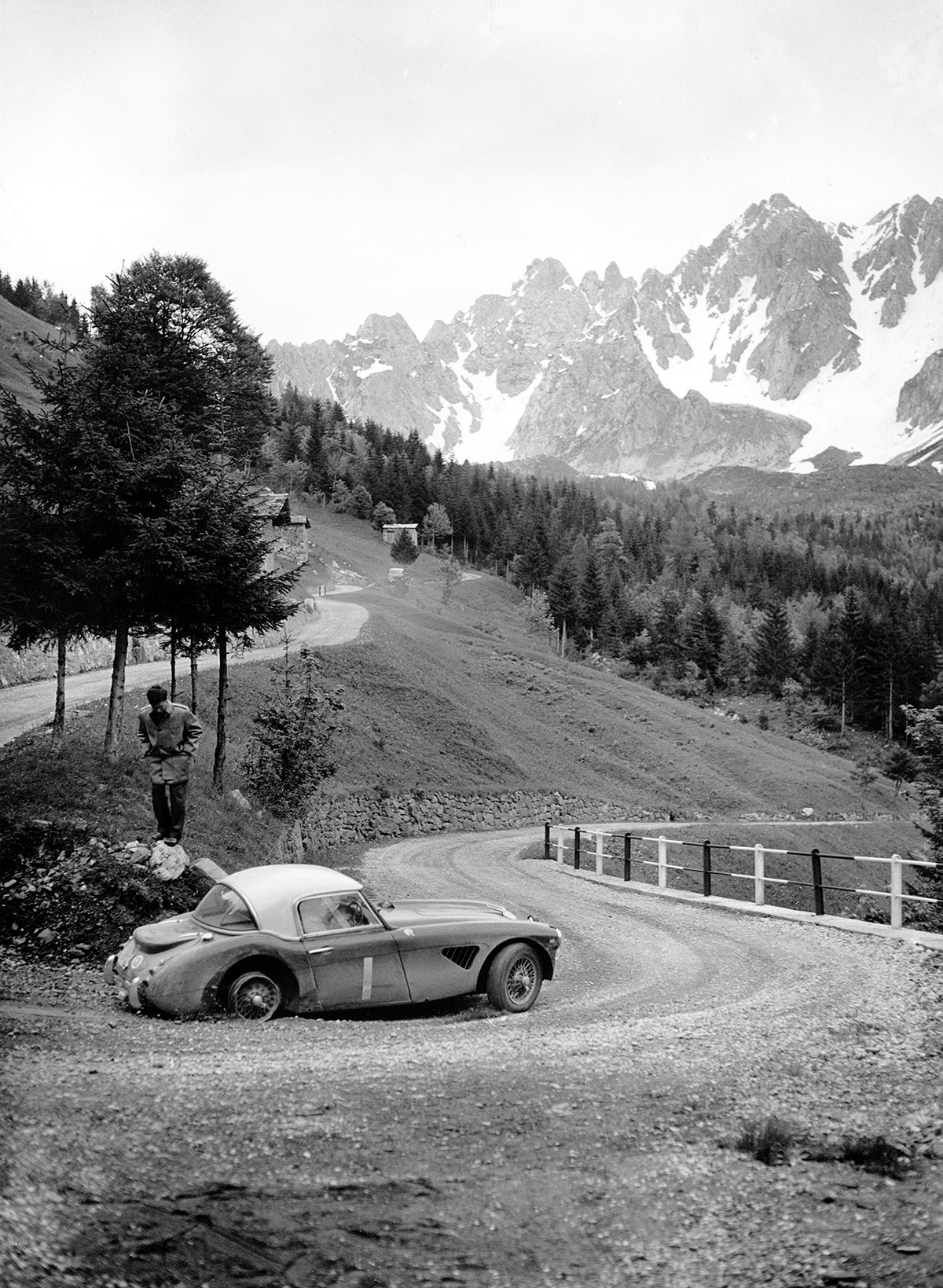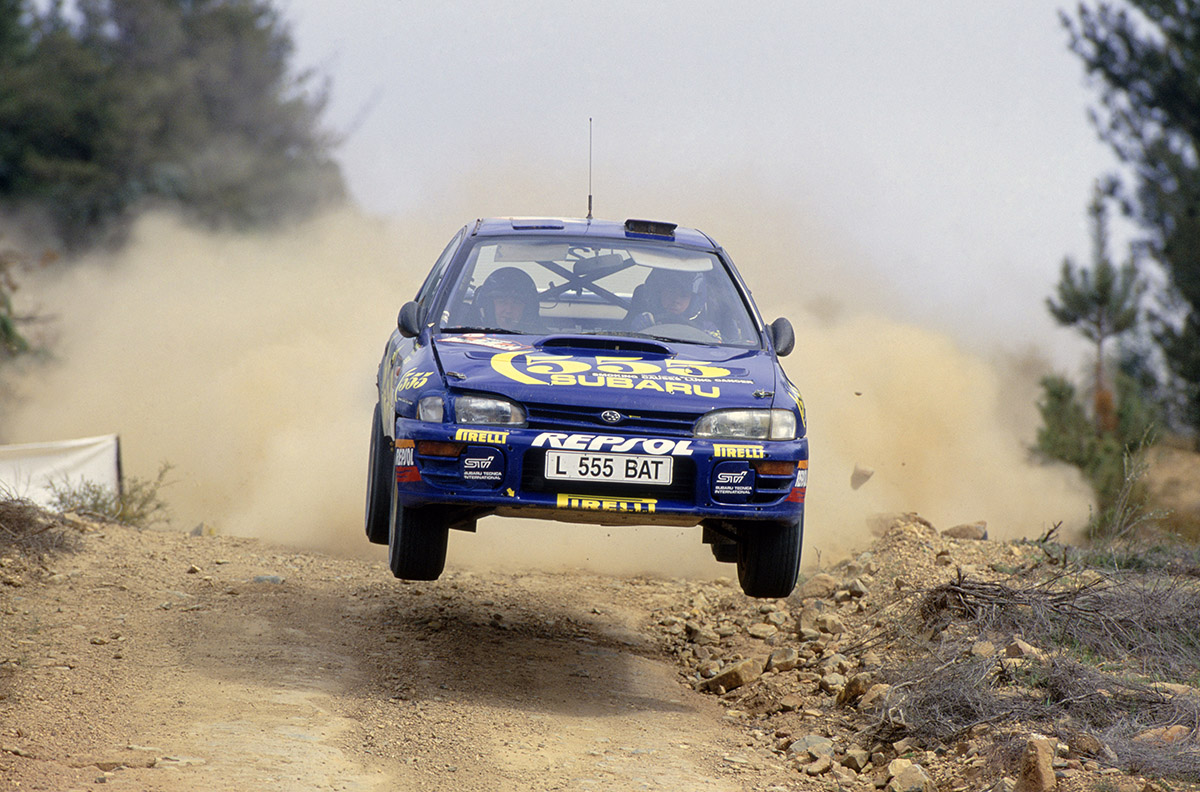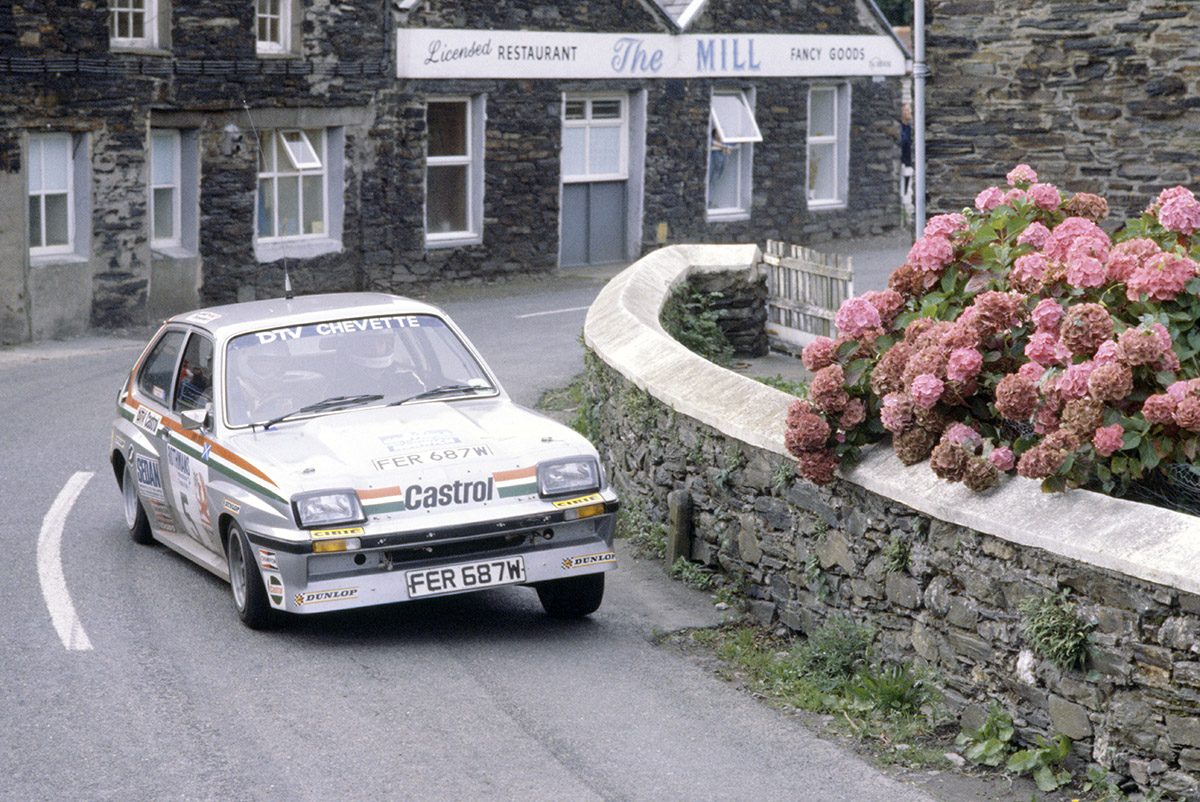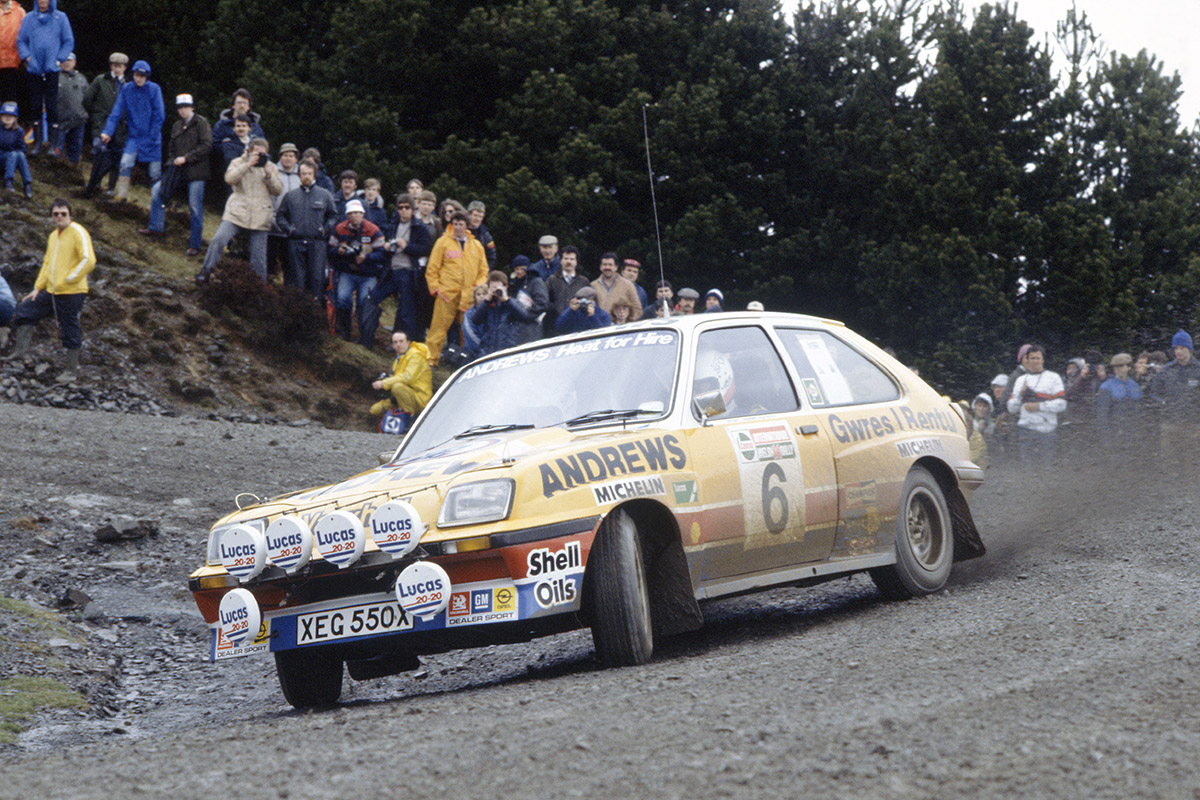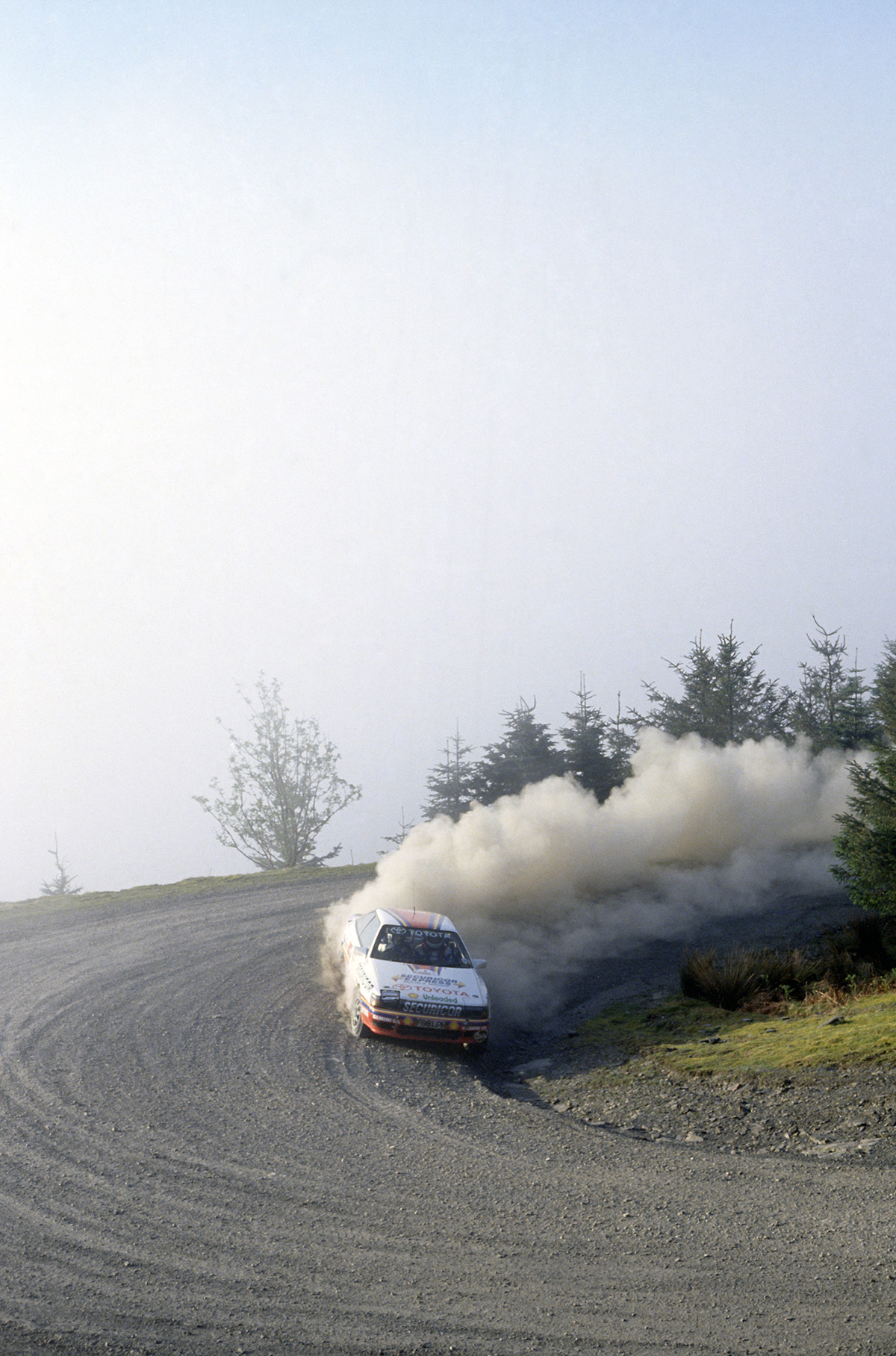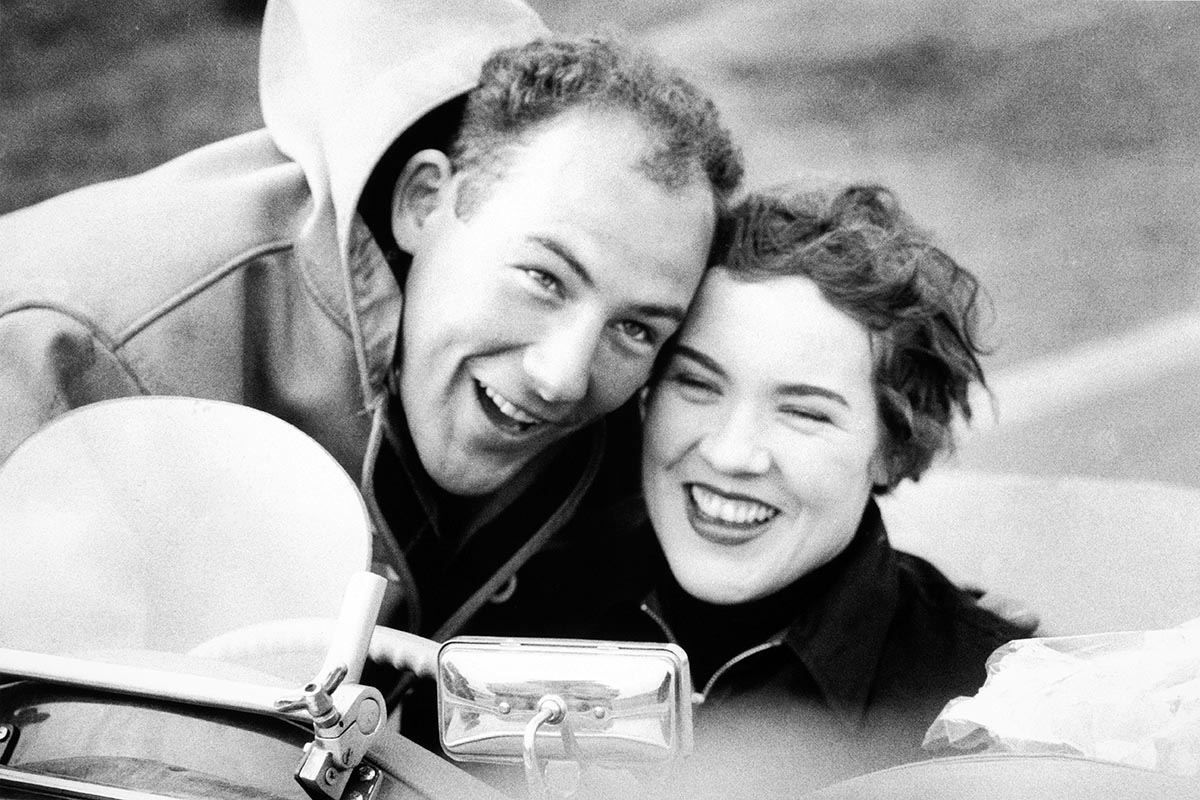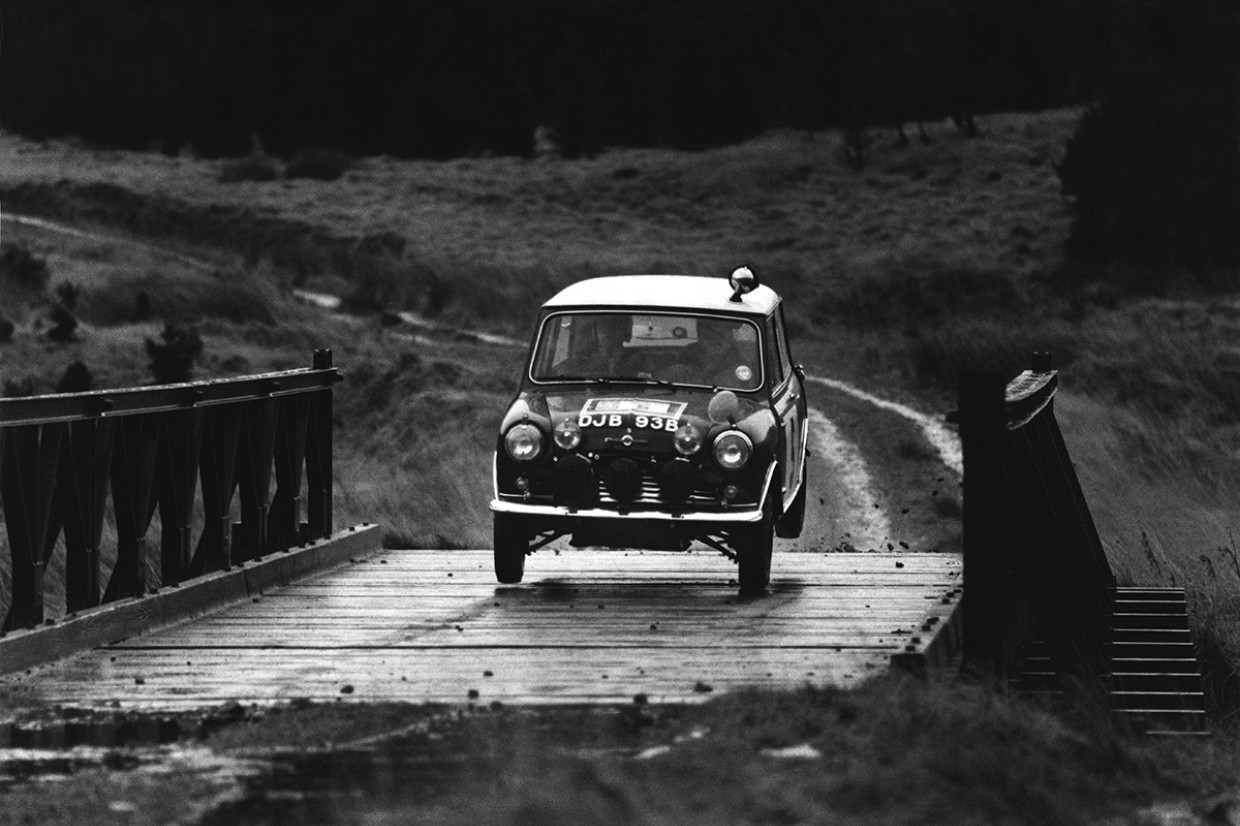
The UK has a long history of producing world-class racing talent, from Dick Seaman, Sir Stirling Moss and Jim Clark through to Nigel Mansell and Lewis Hamilton. Last month, however, the eyes of the motorsport world were firmly fixed on the World Rally Championship, and the first Briton to score a win at that level since Colin McRae – Kris Meeke.
McRae’s one-time protege is the latest British rallying talent to emerge on the international stage, and his victory has served to remind us of the incredible gift the English, Scottish, Northern Irish and Welsh have for going sideways very quickly.
Here are some of the best.
It is difficult to picture Clark in anything other than a very sideways Ford, and he won three of his four British Championships in Escorts. The other, in 1965, came at the wheel of a Cortina GT.
At a time when Scandinavian drivers were coming to the fore, Clark was a genuinely world-class competitor, taking famous wins on the RAC Rally in 1972 and ’75. Certainly the most famous British rally driver of that decade, his spectacular style made him a household name as well as a crowd favourite.
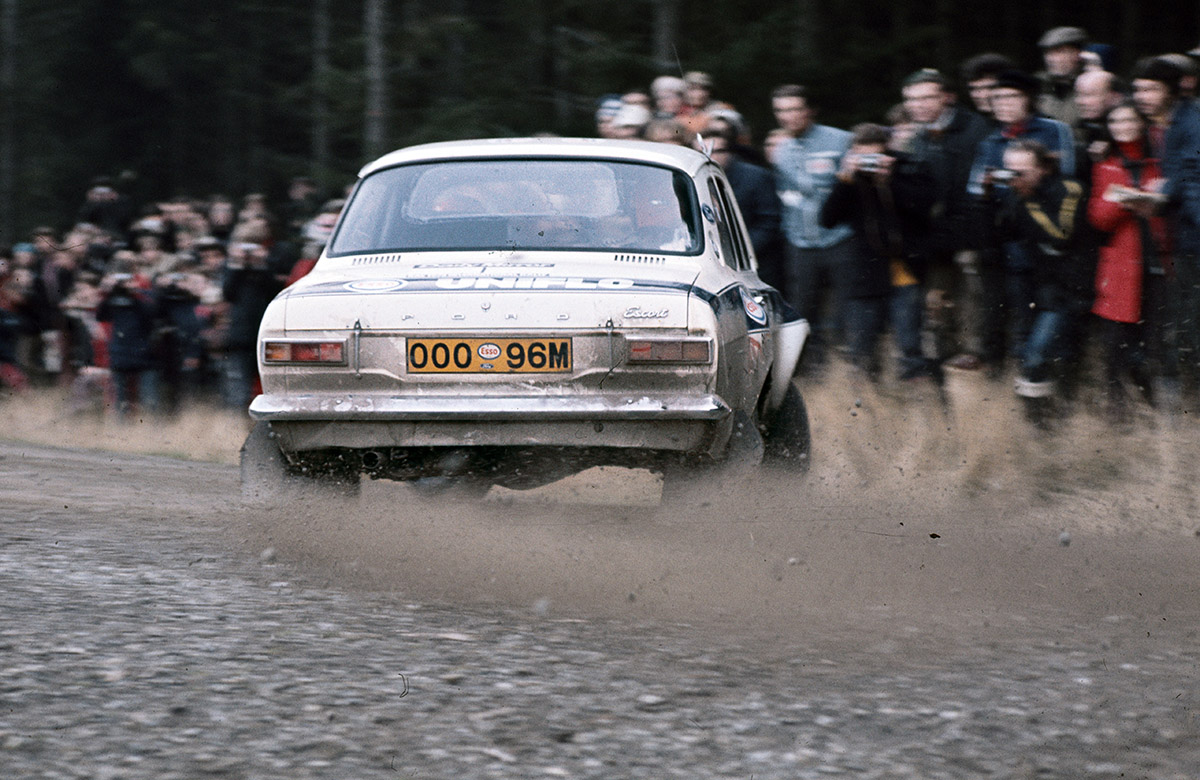
If Roger Clark was Mr Escort, then Hopkirk was without question Mr Mini. The Belfast-born driver competed on circuits as well as stages, but his most memorable victory came on the latter at the 1964 Rallye Monte-Carlo. Hopkirk and Henry Liddon stormed to victory in ’33 EJB’ - their Cooper ’S’.

